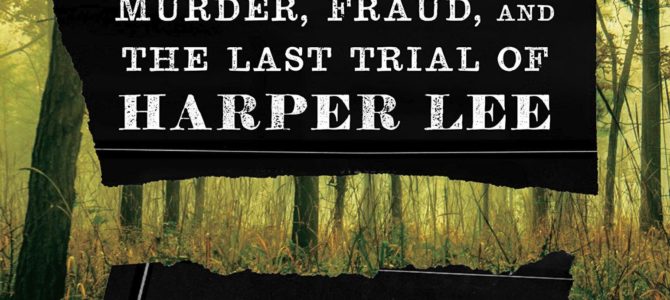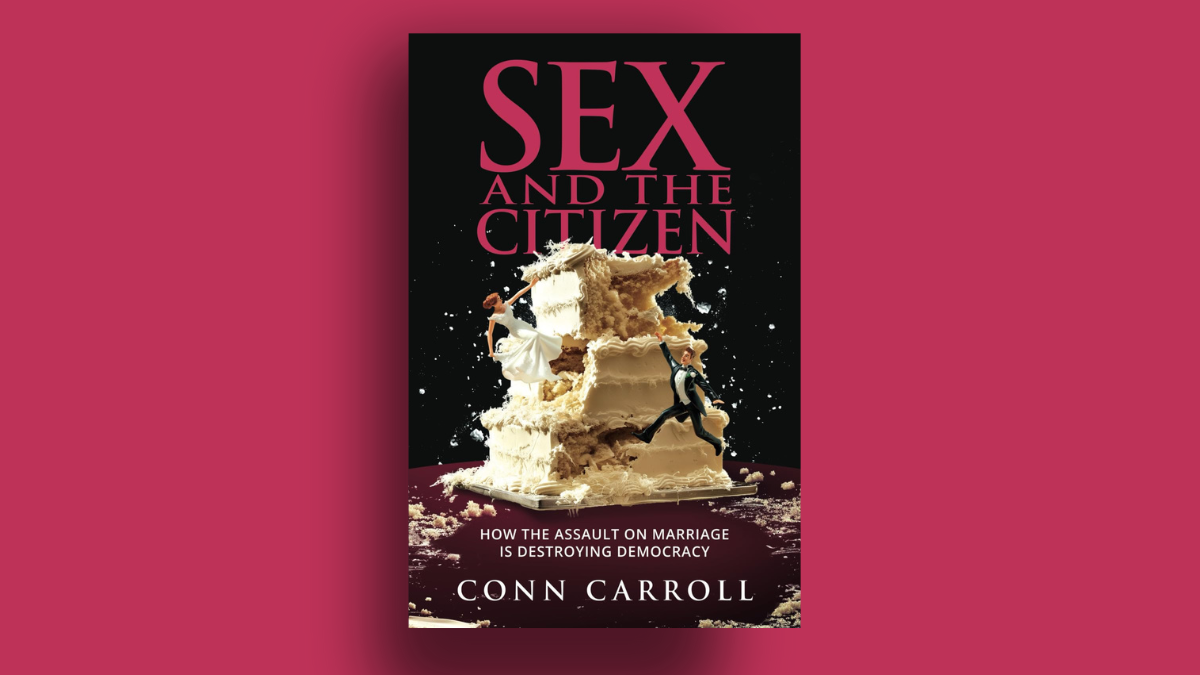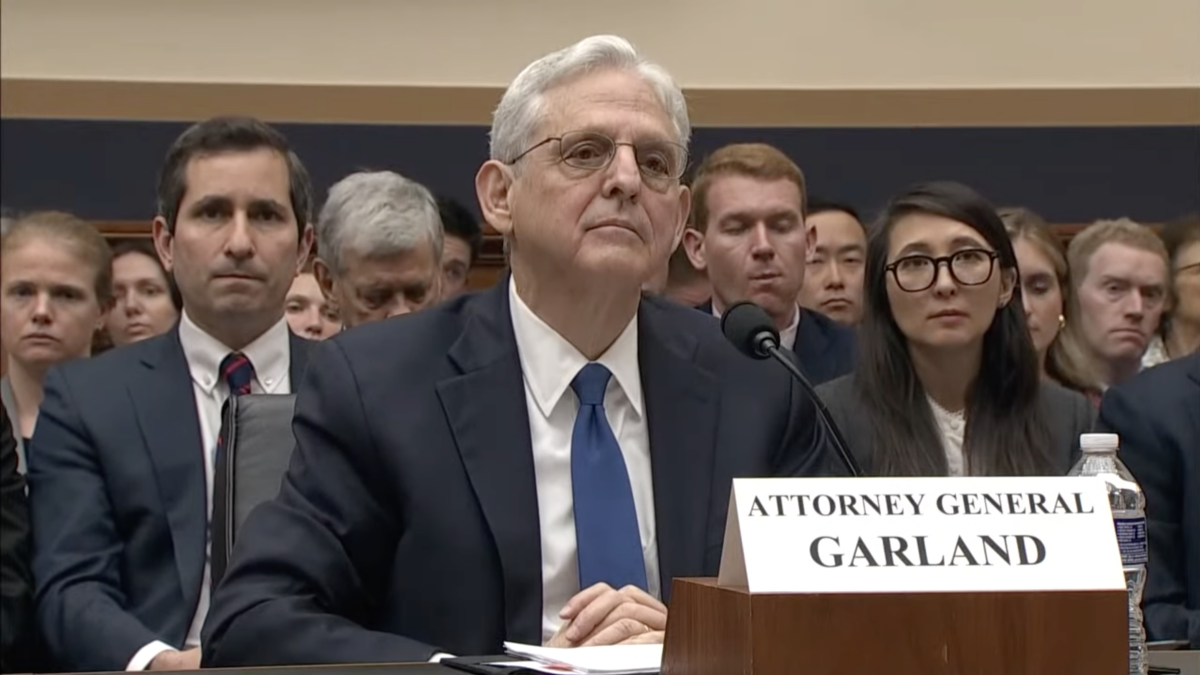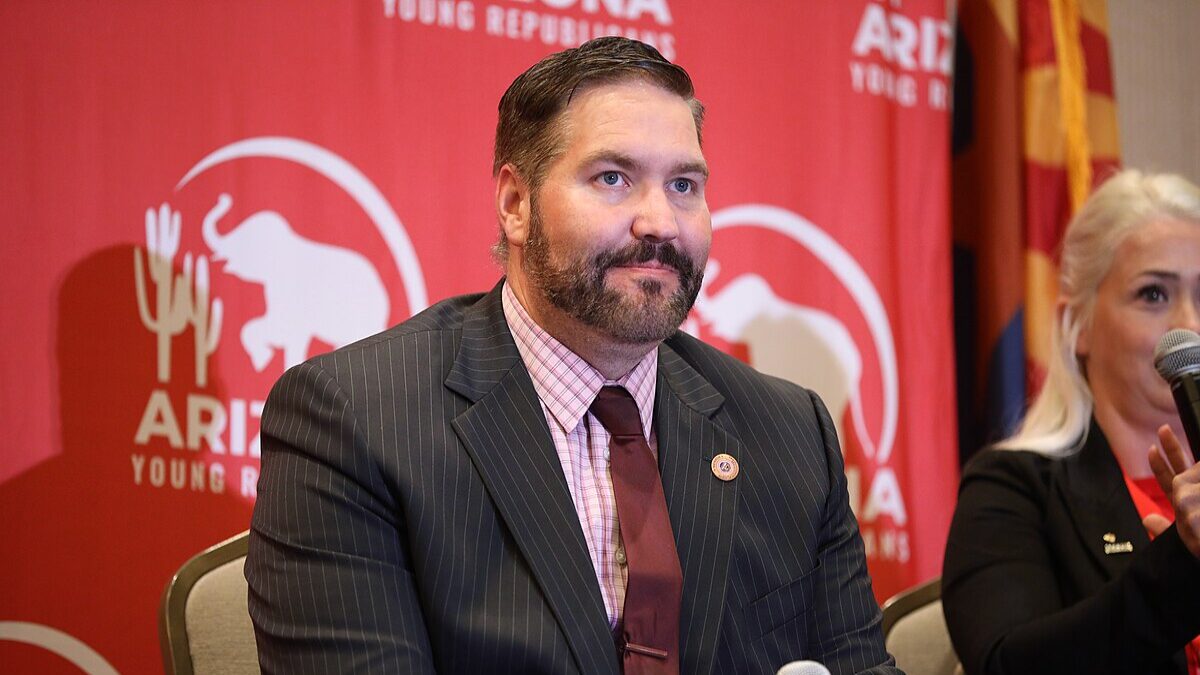
The Reverend William Maxwell may have killed five people in Alabama in the late 1960s and 1970s, but nobody ever proved it. All of the Maxwell-related deaths took place near Alexander City, a small town southeast of Birmingham about halfway to Columbus, Georgia.
Furious Hours: Murder, Fraud, and the Last Trial of Harper Lee is journalist Casey Cep’s debut book-length diptych combining an account of the Maxwell deaths juxtaposed with a biographical sketch of Harper Lee, Alabama’s most famous author, whom it seems considered writing a book on the reverend, but then decided not to.
The initial person who mysteriously expired in Willie Maxwell’s vicinity was his first wife, Mary Lou Edwards Maxwell, who was found strangled in a car along a country roadside. Police questioned the reverend immediately and sent evidence to the state crime lab at Auburn, but there wasn’t enough to connect Maxwell to Mary Lou’s death.
Then it turned out that Maxwell had taken out multiple life insurance policies on his wife. With the help of Alexander City-based attorney Tom Radney, he set about collecting. The insurance companies protested, but in the end, made big payouts.
Maxwell next married neighbor Dorcas Anderson. Lo and behold, Mrs. Maxwell No. 2 ended up killed by an unknown assailant on a back road in 1973—but not before Maxwell’s heavy-drinking older brother was found on a roadside in 1971, dead from what seemed to be alcohol poisoning. In both cases, there were insurance policies naming the reverend in the payouts.
Maxwell’s main income came not from preaching but from running a pulp-wood crew. So it was perhaps not a huge surprise when James Hicks, one of the reverend’s former workers and a nephew, was found dead in a roadside accident on a lonely Coosa County highway in 1976. He had life insurance. The paperwork was filled out in a hand very familiar to investigators by that point. Maxwell was the beneficiary. But still there was no direct evidence.
Willie Maxwell married a third time. Ophelia Burns Maxwell brought a teenage daughter from her previous marriage, Shirley Ann Ellington, who became the reverend’s step-daughter. After friction and a falling out between mother and daughter, Shirley was found dead, crushed under the wheel of a car whose tire she was apparently in the midst of changing. But Shirley did not have a drivers license or own a car—the offending vehicle belonged to her mother and the reverend. She did, however, have a rather large life insurance policy. Made out to Maxwell.
Enough was enough. At Shirley’s funeral, Robert Burns—brother of the ex-husband of Ophelia who was also father to Shirley—was sitting in front of Ophelia and Reverend Maxwell. He turned around and put three bullets into Maxwell, killing him almost instantly.
Tom Radney, Maxwell’s faithful lawyer, immediately took on Burns as his client. In a sensational trial, Radney argued that Burns was innocent of Maxwell’s murder by reason of temporary insanity. In the audience during the Burns trial was none other than Harper Lee, author of To Kill a Mockingbird. And she was taking notes.
How Harper Lee Got There
The Maxwell deaths and the Burns trial form the first half of Cep’s book. The second half examines what led Harper Lee to the Burns trial.
Cep provides a lengthy biographical sketch of the semi-reclusive author. Lee grew up in Monroeville, Alabama, the daughter of local lawyer A.C. Lee, who was also the publisher of the town newspaper. Next door to Lee lived the young Truman Capote, who was her fast friend through childhood.
After a stint at a smaller college, Lee went to Tuscaloosa and the University of Alabama. My aunt, who was a student there at the time, remembers her as quite the intramural athlete. Lee, who went by Nelle, was a whirlwind at Alabama. She became the editor of the college humor magazine, The Rammer-Jammer, and wrote for the student newspaper. She pledged a sorority, obtained early entry into the law school, and was months shy of becoming a B.A. and a master of law when she abruptly dropped out and moved to New York to write.
In New York, Lee worked as an airline clerk for Eastern Airlines for five years and wrote an abortive first novel. This is Go Set a Watchman, (2015) which only came to light when Lee, suffering from mild dementia in a Monroeville nursing home, seems to have been talked into publishing it despite years of keeping it squirreled away in a safe deposit box. Then came To Kill a Mockingbird.
After she’d finished To Kill a Mockingbird, but before the book saw print, Lee took Capote up on an offer to be his Girl Friday on a 1959 trip to Garden City, Kansas, where he hoped to write a long article for The New Yorker on the horrendous murder of most of the Clutter family in their remote farmhouse. It’s safe to say (and two movies have made the point) that Capote never would have written his bestseller In Cold Blood without Lee’s assistance.
In 1960, To Kill a Mockingbird came out. Within a year, Lee was rich. Within a decade, she was worth millions. And over the next 50 years, her book would vie with the Holy Bible for the title of bestselling book of all time.
How do you follow up on that? Lee never did. But for several months in 1977, Lee seemed to find a way out, according to Cep. She would write her own In Cold Blood, and it would revolve around the alleged Willie Maxwell murders and the Burns trial.
Lee temporarily moved to Alexander City. She took copious notes. She interviewed everyone involved (those still alive, that is). She made friends throughout Alexander City, most of whom were convinced she was going to tell the story. But she never wrote it.
The Death of Jim Crow
In the end, there was no angle. Tom Radney, although a fine lawyer, was a Kennedy-besotted goofball. Burns may have been an avenging angel, but was not particularly representative otherwise. Maxwell himself, although clearly evil, was no voodoo master. As Lee wrote in a letter from which Cep quotes: “He may not have believed in what he preached, he might not have believed in voodoo . . . but he had a profound and abiding belief in insurance.”
For Lee, that was that. No book there. Cep is determined to write it for her, but does so lacking Lee’s understanding and judgment.
It’s easy to forget these days, but George Wallace was a Democrat; the tectonic plates of the parties hadn’t yet shifted on race, and the GOP was still reviled in the South as the party of Lincoln, so segregationists and integrationists alike ran as Democrats.
Is Cep implying that modern-day Alabama Republicans are for segregation? Bless her heart, yes. It is perhaps easy for a Maryland-born, Harvard-spawned Yankee journalist to forget that she is writing about 1977 Alabama, not 1962.
By 1983, George Wallace was elected for his third period as Alabama governor with 90 percent of the black vote. In the 1970s, Alabama was sloughing off segregation as quickly as it could. The Republican changeover in the 1980s and early 1990s came about in some measure as a repudiation of the Democrat’s long involvement in segregation. People wanted to be done with it.
Cep, looking for the Klu Klux Klan under every rock, misses this. Her moralistic summation of the Burns trail is perhaps the most ludicrous paragraph in a fundamentally insubstantial book.
It wasn’t the first time that a white jury in Alabama had heard compelling evidence of murder yet reasoned their way to an acquittal. Vengeance is as old as violence, and many white southerners can trace their moral genealogy through family feuds and gentlemen’s duels, across rivers and oceans all the way back to medieval courts and biblical dynasties. Theirs was a society that not so long ago had written theft into legal treaties with Native Americans and bondage into legal deeds on the lives of African Americans; a society that until recently had believed the law elastic enough to bend without breaking, exempting lynching from the category of homicide. Like those killings, the murder of the Reverend Willie Maxwell had been witnessed by hundreds but still resulted in no conviction.
In fact, the verdict highlights the exact opposite point. Robert Burns is black. All Maxwell’s victims were black. The “all-white” jury let Burns off because he was manifestly exacting justice not only for the black community, but for everyone. The jurors didn’t “other” Burns; they identified with him.
Furthermore, as Cep admits, the all-white male jury of the Burns murder trial was specifically picked by Burns’ lawyer because they weren’t related directly to the Burns or Maxwells, and, as men, they were more likely to approve of a seemingly righteous man exacting justice when the law could not.
The truth is that Jim Crow was so dead that in 1970s Alabama it was quite possible for a black man not only to get away with multiple murders but to collect untold thousands in insurance money on his victims. Everybody, white and black, wanted to get this guy, and tried hard to do so. A parable of racism this was not, and Cep’s theme is nonsense.
Pretention and Prejudgment
Furthermore, Cep’s writing is embarrassingly overwrought and often downright bad when she’s describing the South, never more so than when she is pronouncing on the depravity of east Alabama.
Ghost bells, war cries, the clanging of slave chains: if ever a land came by its haunting honestly, it is eastern Alabama.
Good Lord. Fortunately, it’s not further south or Cep might have found Spanish moss hanging on the trees like the tortured souls of dead Confederate soldiers. Speaking of the dead, we also learn that “the state sits like a headstone between Mississippi and Georgia.” Yes, except for the base formed by Mobile Bay that makes it look nothing like a headstone.
And how about that Southern Gothic staple, backwoods religion? “Back then, as today, southern revivals were all fire and brimstone. . .” Uh huh. I doubt Cep has ever been to a revival. I have been to lots—in Alabama. I grew up about 60 miles from Alexander City. Revivals are about hope. It’s the basic Billy Graham template.
In addition to a number of long digressions, including disquisitions on the genesis of the insurance industry and voodoo as a belief system (Maxwell didn’t practice voodoo), Cep also spends many pages describing how the creation of Lake Martin by Alabama Power was a cultural and environmental disaster.
In fact, it is the greatest economic boon central Alabama ever experienced. Wildlife thrives in the wetlands. And, God help them, people love that lake. They adore their motorboats, jet skis, fishing shacks, waterfront mansions, favorite drinking coves, and hidden pot gardens. But what Lake Martin has to do with indemnification, Harper Lee’s writing block, or the price of tea in China, is anyone’s guess.
Furious Hours is readable when Cep is immersed in the real details of this macabre-yet-entertaining pile of horrific skullduggery. But when she tries to shape her material into a fable of intolerance and stymied artistic creation, she comes off as a race-baiter and, worse, as an inept observer who is out of her depth on matters of history and human motivation.
There’s a reason Lee never followed up To Kill a Mockingbird with The Reverend. In the end, her literary judgment was too good to allow it. Instead of trying to write the book Lee didn’t want to, Casey Cep might better have stuck with the facts and avoided weighing down a diverting story with a purple-prose-ridden mass of pretension and prejudgment that’s as thick as kudzu on a pine tree.









